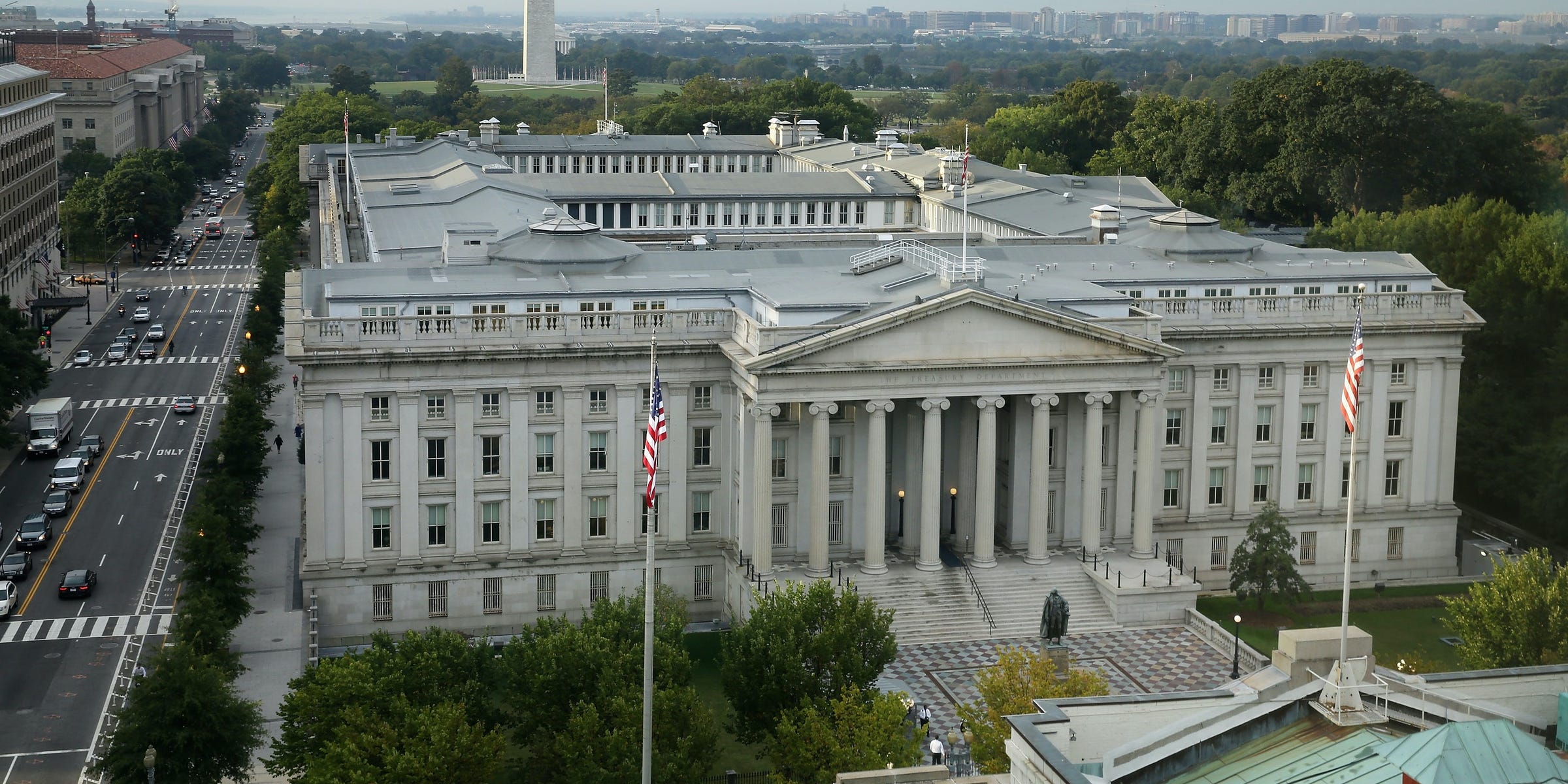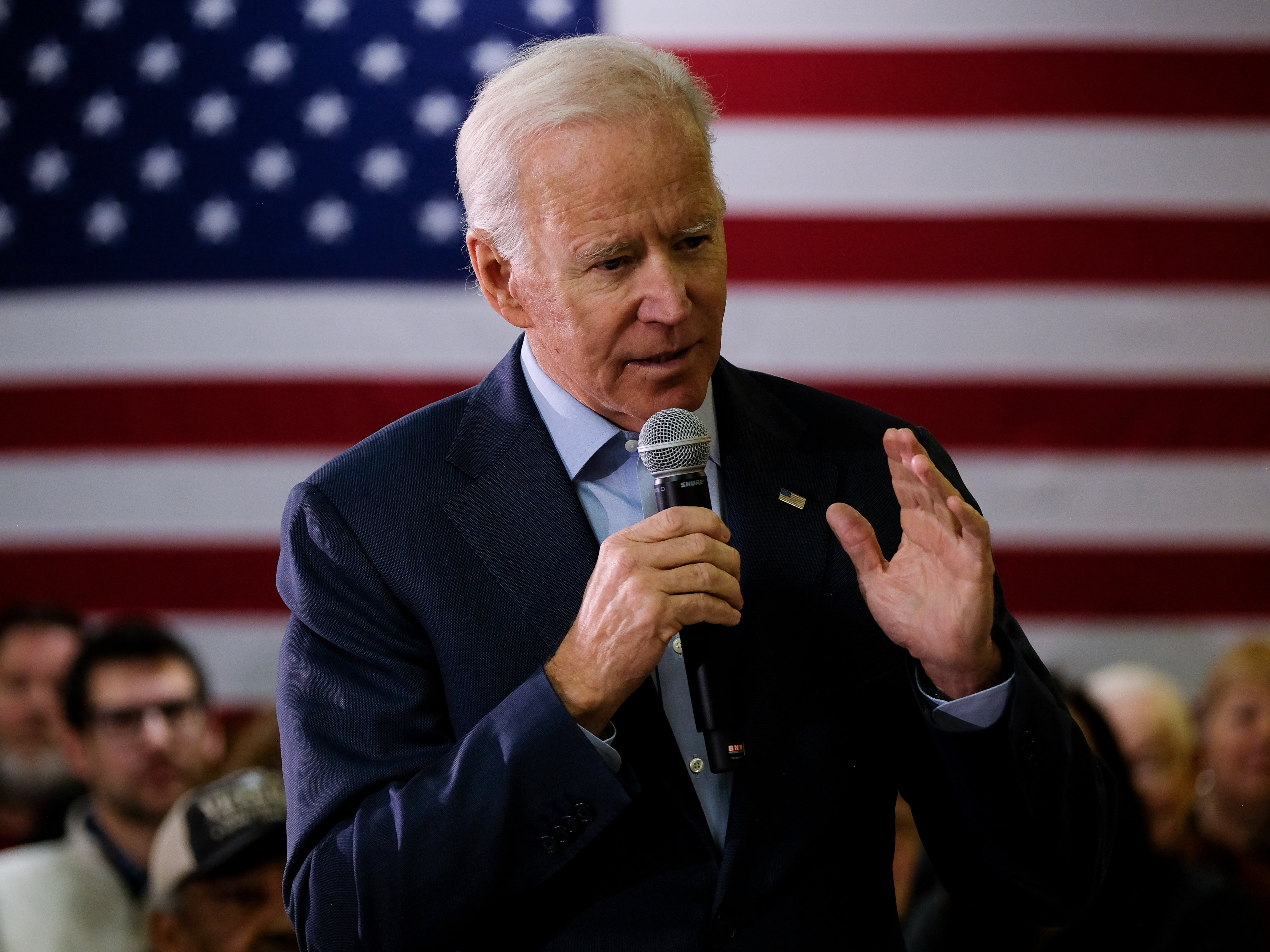by Edward D. Perks, CFA
Chief Investment Officer
Franklin Templeton Investment Solutions

2021 OUTLOOK: “Ongoing uncertainty around the COVID-19 pandemic has strengthened headwinds to global growth. In such an environment, we think nimble and diversified positioning is key to effective investment strategies, and we stand ready to counteract volatility and inflation while capitalizing on opportunities.”
Governments and central banks remain in unprecedented territory as part of the effort to control COVID-19, while ongoing political uncertainty in the United States offers up opportunities and challenges for investors. Risks to recovery are still tilted to the downside, but we look toward 2021 with cautious optimism, following an extraordinary period for global financial markets.
Volatility Is Likely and Inflation Is Possible
We expect both monetary and fiscal stimulus measures to continue deep into 2021, but we do not have much clarity about the pace of the global economic recovery. The speed at which governments can overcome the COVID-19 pandemic, alongside the efficacy of vaccines, will dictate how stimulus is implemented and when the pivot away from current levels of support will come.
Commitment from central banks and governments is still unquestioned at this point, but the outlook is not as transparent as we would like it to be. The concept of “lower for longer” interest rates is well-established and should remain in place throughout 2021, although the approach major central banks will take toward broader quantitative easing is more difficult to predict.
For example, there is an argument to suggest that the unprecedented support for “fallen angels” (i.e., companies previously rated as investment grade that have been downgraded to high yield) will cease as the recovery gathers pace.
This was a powerful and unusual measure taken to prevent the dislocation of the global economy and cannot be guaranteed to remain in place. Insufficient stimulus could potentially increase volatility within markets as corporate defaults multiply and asset prices begin to lose value on falling demand and deteriorating market sentiment.
Despite the best efforts of policymakers, we believe inflation expectations will remain subdued across developed markets throughout 2021 and are unlikely to increase much until 2022 at the earliest, as economic weakness and high unemployment continue to balance the effect of stimulus.
There is, however, a scenario in which central banks and governments remain cautious in the face of a surprisingly sharp economic recovery, maintaining stimulus beyond the point that economic indicators would deem necessary, scarred by the damage incurred in 2020.
These circumstances, taken together with rising consumer demand, may mean inflation begins to increase sooner than forecast, particularly in the United States. This would have a profound impact on fixed income markets, as yields on long-term US Treasury bonds are currently very low, and the robust performance of long-duration assets was a feature of the early part of 2020 due to a flattening yield curve.

This is unlikely to unwind completely in 2021, but the US Treasury yield curve has already begun to steepen. Essentially, excessive stimulus, combined with the release of pent-up demand in a post-pandemic environment, has the potential to raise inflation and would prove a challenge for investors with a longer-term perspective predicated on a steady recovery.
The good news amid this uncertainty is that our ability to invest across multiple asset classes can provide an effective counter to the challenges described above. Our multi-asset portfolios are positioned for a steady but uneven recovery, although prudent diversification allows us to prepare for all scenarios.
Real assets such as commodities, alongside Treasury Inflation-Protected Securities (TIPS), are favorable correlation diversifiers, in our assessment, and can help us to counteract the effects of any unexpected increase in inflation. Lower-volatility investments such as developed market government bonds, gold or high-quality stocks also form part of our portfolios should volatility increase.
The Myth of TINA – Look for Opportunities Outside the Obvious
The stratospheric rise of growth equities during 2020 has convinced many investors that a small number of large-capitalization technology stocks are the only way to grow investment portfolios as we move into 2021. We think this phenomenon, known as “There Is No Alternative” (TINA), is misguided despite the bifurcation and divergence seen between different sectors within the equity asset class.
We are optimistic about the long-term return potential of equities and expect to see opportunities arise for investment in undervalued stocks during 2021, depending on how quickly and effectively global governments can deal with the ongoing COVID-19 pandemic.
The so-called FAANG stocks (Facebook, Apple, Amazon, Netflix and Alphabet) saw robust performance throughout last summer, contributing to a situation in which the 10 largest companies listed on the S&P 500 Index made up more than 25% of its market capitalization.

Gains have begun to slow, as demonstrated by the S&P 500 Equal Weight Index, which outperformed the broad S&P 500 Index (based on free-float market capitalization) during October and November. This suggests a price correction, if not a full-scale rotation. (Past performance is not an indicator or a guarantee of future performance.)
It is difficult for any group of stocks to maintain earnings growth and expanding multiples at the level experienced by this cadre of technology companies. Therefore, outperformance relative to other equities is less likely in 2021, in our view. We expect to see opportunities in sectors that will benefit from a return to relative normality, particularly those where the expected decline in dividends did not materialize.
Utilities is an example of a sector that we believe has reasonable absolute valuations but quite attractive relative valuations compared to other equities and fixed income. Utility companies typically offer consistent returns, not dissimilar to bonds, and should benefit from any fiscal stimulus implemented in 2021 due to their key role in addressing climate change.
The financials sector is another area in which we see value, as stocks appear to be ready to re-rate following investor caution related to issues such as regulatory oversight. Financial companies are generally in a much better place than in 2008, following the global financial crisis, and should be part of the recovery solution this time around, rather than the problem.
We are also positioning our portfolios for opportunities in other assets that can benefit from economic recovery, including convertible securities (bonds or preferred stocks that can be converted into common equities) and short-duration investment-grade credit. These assets can provide yield, while also offering opportunities for capital growth, particularly in undervalued sectors.
Policy Missteps Could Dampen the Recovery
The election of Joe Biden as US president seems to have calmed financial markets, as investors enjoy some much-needed clarity. The outlook for fiscal stimulus is still unclear though, and any near-term support agreed by the US Congress is likely to be smaller in scope than desired by the Democrats.

Aside from the delivery of emergency economic support, the incoming US administration also has a mandate to change the current approach in many policy areas, including international relations, infrastructure, taxation and climate change, although a potential lack of control over the US Senate makes it harder to implement the full wish list.
Failing to extend existing measures designed to support the economy risks killing a nascent recovery and would, in our view, be a policy misstep. Implementation of new policies should wait until the economy is demonstrably post-pandemic.
What Are the Risks?
All investments involve risks, including possible loss of principal. The positioning of a specific portfolio may differ from the information presented herein due to various factors, including, but not limited to, allocations from the core portfolio and specific investment objectives, guidelines, strategy and restrictions of a portfolio.
Diversification does not guarantee profit or protect against risk of loss. Stock prices fluctuate, sometimes rapidly and dramatically, due to factors affecting individual companies, particular industries or sectors, or general market conditions.
Investments in fast-growing industries like the technology sector (which has historically been volatile) could result in increased price fluctuation, especially over the short term, due to the rapid pace of product change and development and changes in government regulation of companies emphasizing technological advancement.

Special risks are associated with foreign investing, including currency fluctuations, economic instability and political developments; investments in emerging markets involve heightened risks related to the same factors. Bond prices generally move in the opposite direction of interest rates.
Thus, as the prices of bonds in an investment portfolio adjust to a rise in interest rates, the portfolio’s value may decline. Changes in the financial strength of a bond issuer or in a bond’s credit rating may affect its value. Investing in the natural resources sector involves special risks, including increased susceptibility to adverse economic and regulatory developments affecting the sector—prices of such securities can be volatile, particularly over the short term. - DagangNews.com










